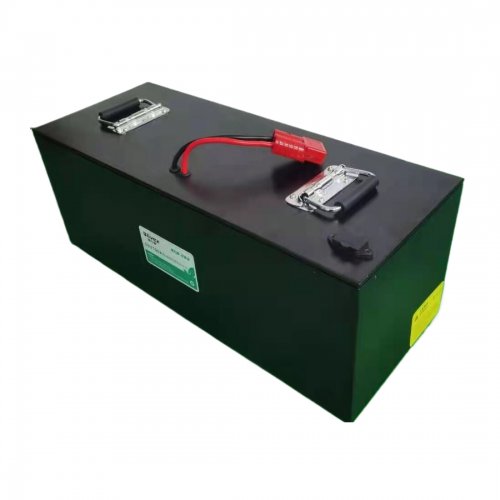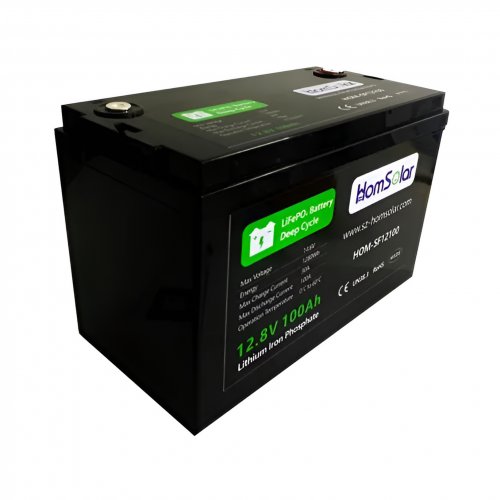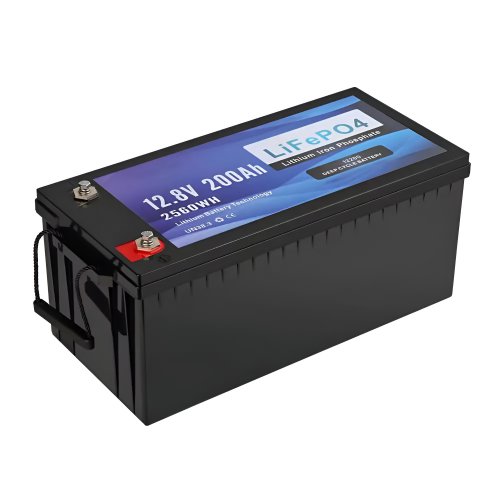Advances In Olivine Structure: Unveiling New Frontiers In Geophysics And Energy Materials
The olivine structure, with its general formula (Mg, Fe)₂SiO₄, is one of the most fundamental and abundant mineral groups in the Earth's mantle. Its significance extends far beyond its role as a primary constituent of our planet's interior; it serves as a crucial structural archetype for a wide range of functional materials, particularly in the field of electrochemistry. Recent years have witnessed remarkable progress in our understanding of the olivine structure, driven by advances in high-pressure experimental techniques, sophisticated computational modeling, and innovative material synthesis. These developments are not only refining geophysical models but are also paving the way for next-generation energy storage technologies.
High-Pressure Geophysics: Probing the Deep Mantle
In geophysics, the olivine structure is synonymous with the mantle's mineralogical transitions. The well-known polymorphic phase transitions of olivine to wadsleyite and ringwoodite in the transition zone (410-660 km depth) are critical for understanding mantle dynamics. Recent research has moved beyond simple phase identification to unravel the intricate effects of minor elements and the kinetics of these transformations.
A significant breakthrough has been the precise quantification of the effect of water (incorporated as hydrogen) on the stability fields of these high-pressure polymorphs. Using multi-anvil press experiments combined with synchrotron X-ray diffraction and Fourier-transform infrared spectroscopy, researchers like [1] have demonstrated that even small amounts of water can significantly expand the stability field of wadsleyite to shallower depths. This has profound implications for interpreting seismic discontinuities, suggesting that the "410-km" discontinuity may be more complex and variable than a simple dry olivine phase boundary, potentially serving as a significant water reservoir in the mantle.
Furthermore, the post-spinel transformation of ringwoodite to bridgmanite and ferropericlase at the 660-km discontinuity is a key factor controlling mantle convection. Advanced in-situ X-ray diffraction studies at conditions exceeding 25 GPa and 2000 K have revealed that the reaction kinetics are highly sensitive to temperature and composition. A recent study by [2] showed that the presence of ferric iron (Fe³⁺) can slow down the transformation kinetics, leading to potential metastable persistence of ringwoodite into the lower mantle. This kinetic hindrance could explain the complex seismic structures observed in some subducting slabs, providing a more nuanced view of slab stagnation and mantle mixing.
Computational Insights: Decoding Atomic-Scale Mechanisms
Parallel to experimental advances, computational materials science, particularly density functional theory (DFT) and ab initio molecular dynamics (AIMD), has provided unprecedented atomic-scale insights. These methods are now capable of accurately modeling the complex solid solutions and defect chemistry of olivine-group minerals.
One of the most exciting computational discoveries pertains to the diffusion mechanisms of cations. While Mg²⁺ and Fe²⁺ diffusion has been extensively studied, recent work has focused on the behavior of slower-diffusing elements like Ni and Co. DFT calculations have revealed that these elements preferentially occupy specific crystallographic sites and migrate via complex, correlated vacancy mechanisms that were previously unknown [3]. This knowledge is crucial for understanding the fractionation of elements in the mantle over geological timescales.
Moreover, computational studies are shedding light on the electronic properties of olivine at extreme conditions. AIMD simulations predict that (Mg,Fe)₂SiO₄ olivine can undergo an electronic spin transition in ferrous iron at pressures relevant to the lower parts of the upper mantle. This high-spin to low-spin transition affects the physical properties of the mineral, including its density, elasticity, and radiative thermal conductivity, which must be incorporated into next-generation geodynamic models.
Technological Applications: Beyond the Earth's Interior
The most prominent technological application of the olivine structure is in lithium-ion batteries, where lithium iron phosphate (LiFePO₄) serves as a leading cathode material. Its stability, safety, and long cycle life are direct consequences of its robust olivine-type framework. Recent breakthroughs have focused on overcoming its intrinsic limitations: low electronic conductivity and slow lithium-ion diffusion.
A major technological leap has been the development of novel synthesis routes and nanostructuring. The creation of carbon-coated nanoscale LiFePO₄ particles, often with controlled morphologies like nanoplates aligned along the favorable lithium diffusion channel (theb-axis), has dramatically enhanced rate capability. Furthermore, research has expanded to other olivine phosphates. Doping strategies, informed by computational screening, have been successfully employed to create materials like lithium manganese iron phosphate (LiMnₓFe₁₋ₓPO₄), which offers a higher operating voltage than LiFePO₄ [4].
Beyond cathodes, the olivine structure is emerging as a promising framework for next-generation battery chemistries. Sodium-ion batteries, seen as a sustainable alternative to Li-ion technology, are actively exploring olivine-structured NaMPO₄ (M = Fe, Mn, Co) as cathode materials. Recent work has focused on stabilizing these structures and understanding the different sodium migration pathways compared to lithium. Similarly, research is exploring the use of olivine-type materials as solid-state electrolytes, where their structural stability and tunable ion transport properties are highly attractive.
Future Outlook
The future of olivine structure research is exceptionally bright and interdisciplinary. In geophysics, the integration of real-time, in-situ experimental data with multi-scale computational models will lead to a fully quantitative, physics-based understanding of mantle mineralogy and rheology. The role of minor elements like H, Al, and Cr, and their coupled effects on phase stability and deformation, will be a primary focus.
In materials science, the exploration of the olivine family will continue to expand. We can anticipate: 1. Multi-Valent Batteries: The exploration of olivine structures for Mg²⁺ and Ca²⁺ ion batteries, which promise higher energy densities. 2. Beyond Phosphates: Investigating other anion chemistries within the olivine framework (e.g., silicates, sulfates) for novel electrochemical properties. 3. Defect Engineering: Precise control over point defects and dislocations to tailor ionic conductivity and mechanical strength. 4. AI-Driven Discovery: The use of machine learning to rapidly screen thousands of potential doping and substitution combinations in olivine-structured materials to identify optimal compositions for specific applications.
In conclusion, the simple yet versatile olivine structure continues to be a rich source of scientific discovery and technological innovation. From the deepest confines of our planet to the batteries powering our modern world, ongoing research is unlocking its full potential, promising to reshape our understanding of Earth's dynamics and to fuel the clean energy transition.
References (Illustrative)
[1] Smyth, J. R., et al. (2022).Hydration effects on the olivine-wadsleyite transformation: Implications for the 410-km seismic discontinuity.Earth and Planetary Science Letters, 578, 117345. [2] Ghosh, S., & Ohtani, E. (2021).Kinetics of the post-spinel transformation in (Mg,Fe)₂SiO₄: Role of ferric iron.Geophysical Research Letters, 48(10), e2021GL092500. [3] Wang, Z., & Glicksman, M. E. (2023).Ab initio prediction of correlated vacancy migration of Ni in forsterite.Acta Materialia, 244, 118550. [4] Zhang, W., et al. (2022).Voltage tuning in Mn-doped LiFePO₄ olivine cathodes via controlled site occupancy.Advanced Energy Materials, 12(15), 2103678.
Customized/OEM/ODM Service
HomSolar Supports Lifepo4 battery pack customization/OEM/ODM service, welcome to contact us and tell us your needs.


HomSolar: Your One-stop LiFePO4 Battery Pack & ESS Solution Manufacturer
Our line of LiFePO4 (LFP) batteries offer a solution to demanding applications that require a lighter weight, longer life, and higher capacity battery. Features include advanced battery management systems (BMS), Bluetooth® communication and active intelligent monitoring.

Customised Lithium Iron Phosphate Battery Casing
ABS plastic housing, aluminium housing, stainless steel housing and iron housing are available, and can also be designed and customised according to your needs.

HomSolar Smart BMS
Intelligent Battery Management System for HomSolar Energy Storage System. Bluetooth, temperature sensor, LCD display, CAN interface, UART interface also available.


Terminals & Plugs Can Be Customized
A wide range of terminals and plugs can be customised to suit the application needs of your battery products.

Well-designed Solutions for Energy Storage Systems
We will design the perfect energy storage system solution according to your needs, so that you can easily solve the specific industry applications of battery products.



About Our Battery Cells
Our energy storage system products use brand new grade A LiFePO4 cells with a battery lifespan of more than 4,000 charge/discharge cycles.



Applications in Different Industries
We supply customized & OEM battery pack, assemble cells with wiring, fuse and plastic cover, all the cell wires connected to PCB plug or built BMS.
Applications: E-bike, Electric Scooter, Golf Carts, RV, Electric Wheelchair, Electric Tools, Robot Cleaner, Robot Sweeper, Solar Energy Storage System, Emergency Light, Solar Power Light, Medical Equipment, UPS Backup Power Supply.
We can provide you with customized services. We have the ability to provide a vertical supply chain, from single cells to pack/module and to a complete power solution with BMS, etc.


HomSolar (Shenzhen) Technology Co., Ltd
























